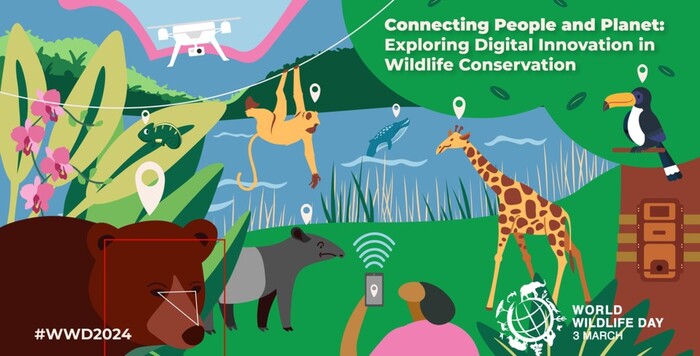This is the myth of Icarus revisited.
To fly and escape, his father Daedalus had made for the young man wax wings on which he had fixed feathers… Alas, the team has, like a candle, melted under the effect of the heat before Icarus drown in a sea that today bears his name.
From this legend, man has learned that it is not enough to look like a bird to fly, but that it is also necessary to take into account the materials and their interaction with the surrounding environment.
So we could define biomimicry which is inspired by living things, without copying it identically, in order to create structures and objects.
To read also:
Tristan Lecomte: "These are the companies which engage the most"
This is how the creators of the Shinkansen, the Japanese TGV, were inspired by the beak and head of the kingfisher to gain both speed and electricity savings.
Another popular, well-known example of children's shoes, velcro is actually inspired by burdock fruits, those little brown balls sticking to the socks of alpine hikers and the hair of hunting dogs.
Equipped with kinds of small hooks, these
fruits attach themselves, in particular, to certain tissues ... A structure that the Swiss engineer George de Mestral adapted to create a famous reversible closure system.
Another famous invention resulting from biomimicry: the artificial nose.
One of them is inspired by the mulberry bombyx pheromone sensor.
Its precision, such that it allows it to feel the presence of the opposite sex at 11 km (!), Inspired the Cars for the creation of a device allowing to feel the presence of explosives.
Since there is obviously no question of using the bombyx itself, scientists have imitated its antennas, which are less than a millimeter in size and on which are found a multitude of sensilla, directly linked to sensory neurons ... In fact , the TNT detection system consists of a silicon microlever 200 microns long and 30 wide on which some 500,000 titanium dioxide nanotubes aligned vertically are placed.
To your nanoscopes!
Read also:
Coliving takes off in France
“Thanks to technical and technological progress, we can go further in understanding biological mechanisms. This is particularly the case with certain surgical adhesives. They are directly inspired by slug slime or sea worm, ”
explains Dounia Dems, project manager for Ceebios, a French network in biomimicry, bringing together laboratories, universities and companies (Eiffage, L'Oréal, Renault, etc.).
"Biomimicry thus offers new avenues in the quest for sustainable development"
, adds the young woman, who is also an engineer and doctor in materials chemistry.
"Working biomimicry on a building does not mean making its envelope resemble a leaf or a blade of grass, but creating a pleasant atmosphere beyond this envelope"
, explains architect Nicolas Laisné .
“I see my buildings as a breathing body and an exchange area.
It is interesting to understand how a forest naturally maintains a lower temperature at a time of global warming.
In this specific case, the biomimicry applied to the building must make it possible to use less air conditioning to limit its negative impact on the environment ”
, continues the architect, who, to do this, works in particular with modeling tools to assess this impact upstream of construction.
To be inspired by living things, the method is always the same.
It is in fact the fine observation of biological systems that makes it possible to imagine strategies that can be transferred into technical solutions.
Dounia Dems
“To be inspired by living things, the method is always the same. It is in fact the detailed observation of biological systems that makes it possible to imagine strategies that can be transferred into technical solutions ”
, translates Dounia Dems.
If nature is full of inspiring examples of living systems, our daily behavior poses a serious threat to certain ecosystems.
The one that scientists are inspired by today is the result of some 3.8 billion years of research and development.
A threatened capital.
According to a report released last year by the international group of experts on biodiversity (IPBES), under the aegis of the United Nations, 1 million animal and plant species could disappear from the Earth in the coming decades if the human species does not radically change its behavior in the short term.
More than a catalog of endangered flora and fauna, it is a source of knowledge that man is about to burn.















